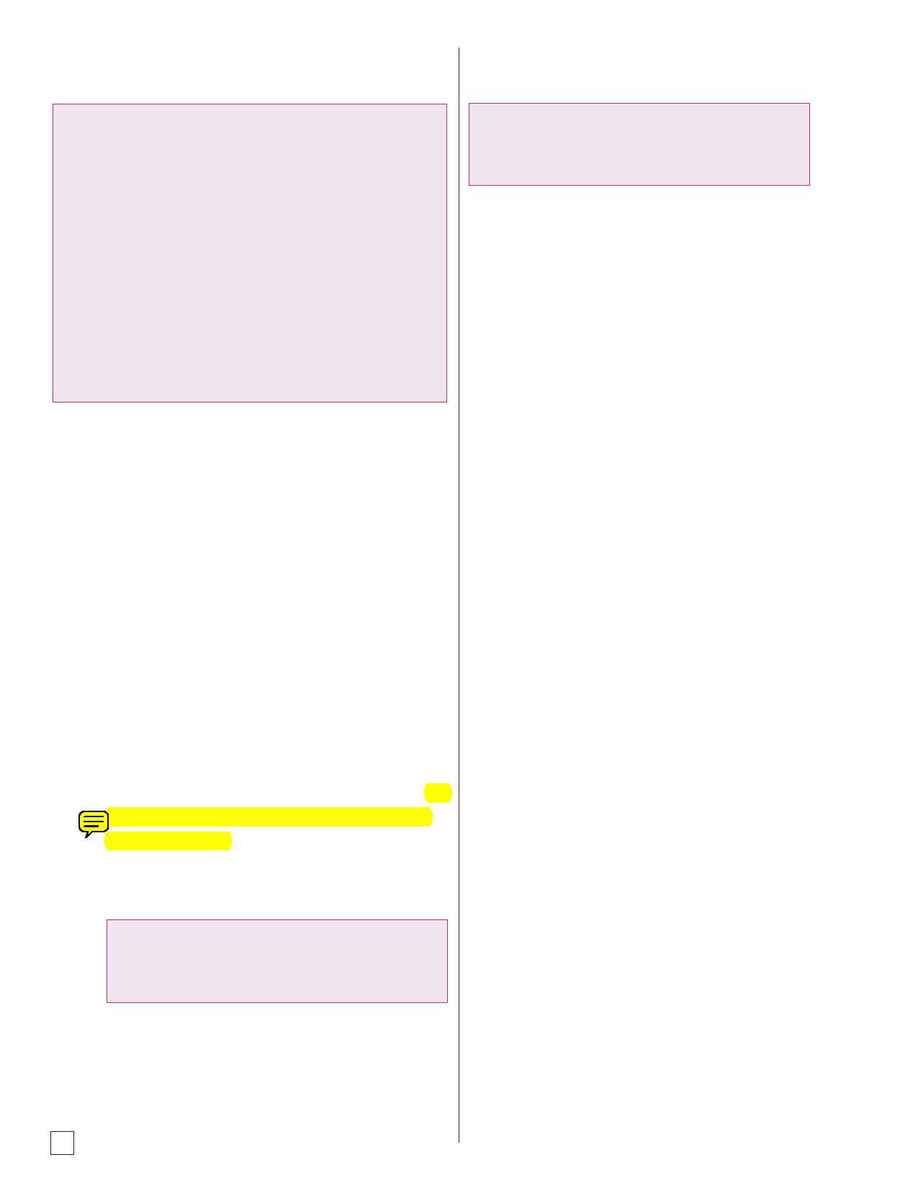
Salon Fundamentals
TM
Esthetics
s k i n p h y s i o l o g y
264
Stratum Granulosum
In the next layer, the stratum granulosum
(gran-yoo-LOH-sum), the cells are more regularly
shaped and resemble many tiny granules. These
granules (dying cells) are on their way to the skin's
surface to replace cells that are shed from the
stratum corneum. As keratinocytes move upward
through the layer, their nucleus and other
organelles (structures or components that
perform specific functions for each cell) begin to
disintegrate and the cells die. This is where the
process of keratinization begins. The keratinocytes
within this layer produce large quantities of
protein substances, such as keratin. Once the
keratin is made, it begins forming fibers. The
tightly interlocked cells filled with keratin fibers are
surrounded by keratohyalin, a protein substance
that forms keratin. With the creation of keratin in
this layer, the primary function of the skin--
protection--begins.
Stratum Spinosum
The stratum spinosum (spin-OH-sum) is often
called the spiny layer because of the desmosomes
(intercellular connections) that appear as "spines"
between the cells. These spines provide strength
and support between cells. There are eight to 10
cell layers in the stratum spinosum.
Langerhans cells are also found in the stratum
spinosum layer and help protect the body from
infection. Bacteria (a foreign substance) may be
able to enter the body through a cut in the skin.
Your body has a sort of early defense system that
continually searches out foreign substances such
as bacteria, viruses, parasites, or toxic materials.
These foreign substances, known as antigens,
provoke an immune response in the body.
Langerhans cells "see" the antigen, alert other
cells and attack and destroy antigenic materials.
Once a Langerhans cell identifies the foreign
material, it "displays" a key chemical piece of
the antigen on its cellular membrane. The
Langerhans cells identify the foreign substance
so that other cells can destroy it. The T-cells
(immune cells) recognize the antigens
displayed on the Langerhans cell to assist
in destroying them.
Stratum Germinativum
The lowest layer of the epidermis is the
stratum germinativum (jur-mih-nah-TIV-um),
also called the basal layer. This layer contains
basal cells that continually divide through a
process called mitosis, to replace the cells that
are lost from the cornified (keratinized)
outermost layer, the stratum corneum. This
replacement process takes approximately 25-30
days. There are five to 10 layers of cells within
the stratum germinativum. The lowest layer
contains specialized cellular connections,
called hemidesmosomes (half a desmosome).
These connections attach the epidermis to the
In the superficial layers of the epidermis (stratum
granulosum, stratum lucidum and stratum
corneum), all the cells are dead.
An easy way to remember that the stratum
SPIN-osum protects is to think of "SPINES,"
as in the spines of a porcupine.
Fingerprinting
Using a piece of clear tape about 2 inches (5 cm) long,
you can see your own unique set of epidermal ridges
or fingerprints. Stick one end of the tape on your index
finger at the fold (skin crease) nearest the tip of your
finger. Pull the tape over the top of your index finger
to the nail. Firmly press the tape to the fleshy side
of your index finger. Carefully remove the tape. Hold
the piece of tape up so that a light can shine through
it. The image that you see on the tape is the unique
fingerprint of your index finger. Each finger and
thumb has its own individual "print."
